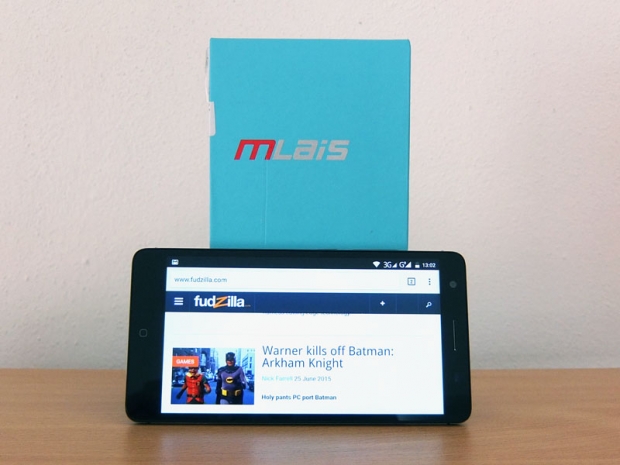Index
Audio, Display and Camera Quality
The Mlais M7 packs a laminated 5.5-inch IPS display in 1280x720. This translates to 267ppi, which doesn’t sound like much by today’s standards, but it’s not bad, either.
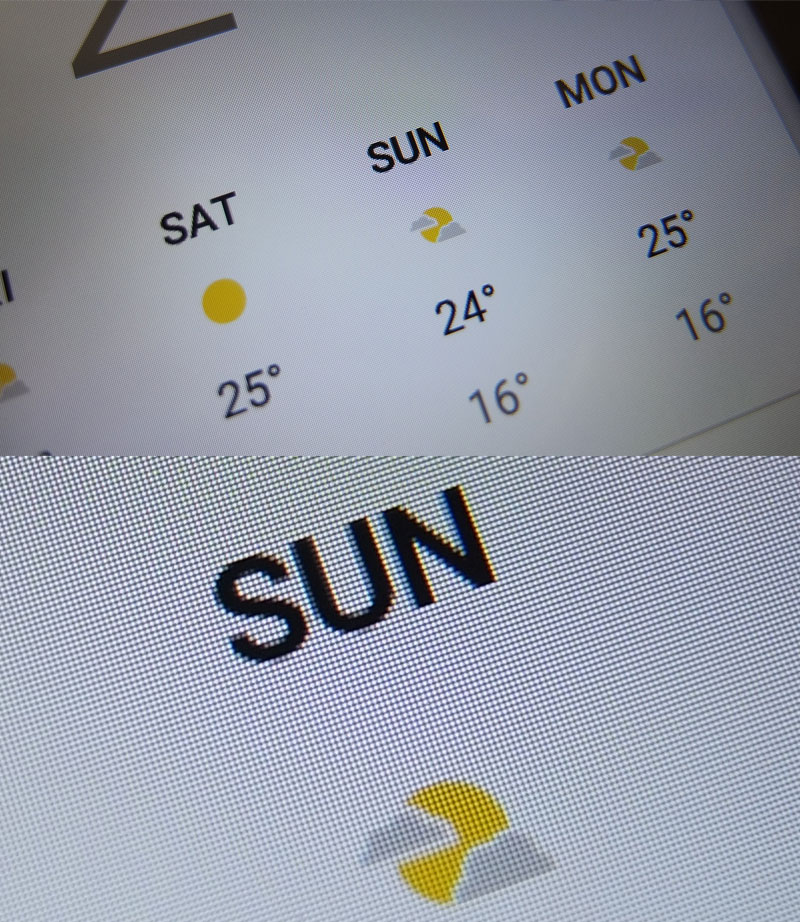
The good news is that the display looks very good. The colours are vibrant, albeit with a cool tint. The Gorilla Glass 3 on top is not too reflective. Our review sample shipped with a pre-installed screen protector which adds a bit of glare. It’s not much of a difference, but since the phone already packs Gorilla Glass 3, it’s overkill and can be peeled off. In case you are really, really paranoid about the screen, you can get a toughened, tempered glass screen protector, with an oleophobic coating.
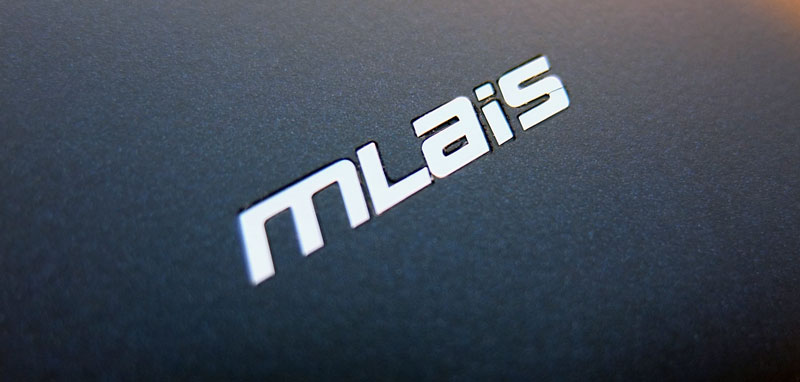
The rear speaker is not very powerful, but it’s not bad. It’s average and that’s about it. It is easily muffled when you place the phone on a flat surface, but thanks to its position, you won’t cover it when gaming or watching video in landscape mode.
As far as phone functionality goes, we don’t have any major complaints. Well, maybe just one – the Mlais M7 does not appear to have a noise-cancelling microphone. This doesn’t make much of a difference in most situations, but for people who frequently use their phone in very crowded places, it would have been a nice addition. We tried it out with two SIM cards and everything worked fine.
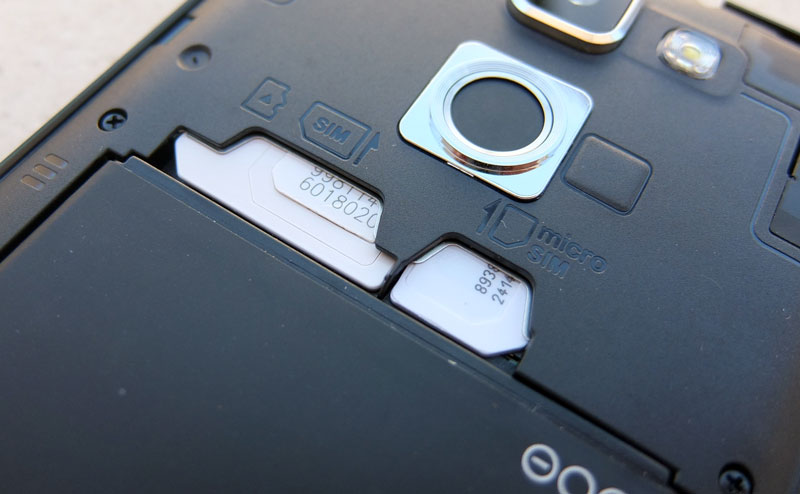
Now we get to the camera, based on Sony’s previous-gen Exmor IMX135 sensor. Like we already said, this particular sensor is somewhat inferior compared to the wildly popular IMX214, but that doesn’t mean it’s bad.
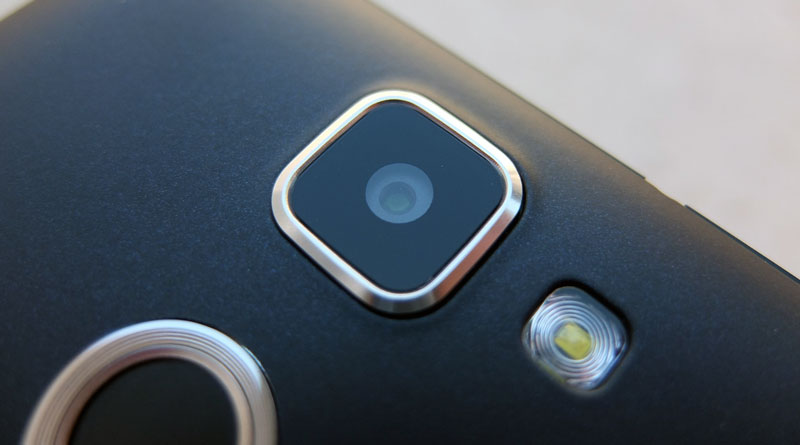
It has the same resolution and same sensor/pixel size. It lacks some advanced features, but it should suffice for casual photography. In daylight, the camera does a very good job, with very low noise levels and good colour reproduction.
We didn’t test the camera in our usual office setting – the weather was good and the Croatian coast offers much more attractive scenery.
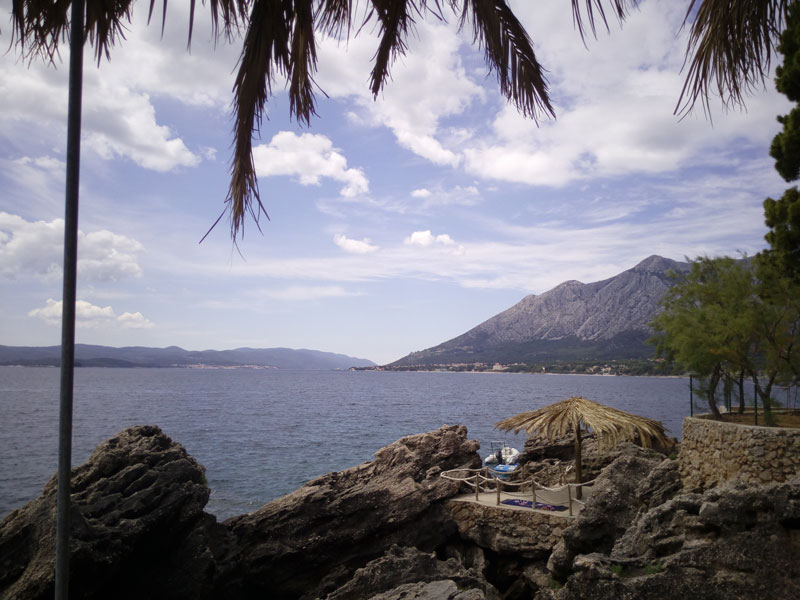
HDR can also help in some situations, as you can see on our beach shots.
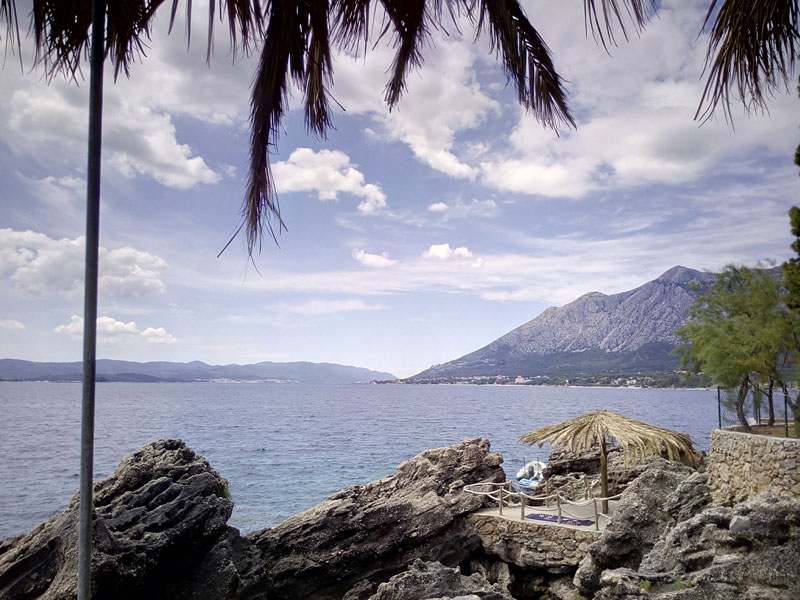
but it can also be sluggish despite the fast processor. This means you can end up with some HDR ghosting. For example, this is what we got on a windy day - the colours are spot on, dynamic range is good, but as you can see, fluttering leaves and flowers cause a fair amount of ghosting.
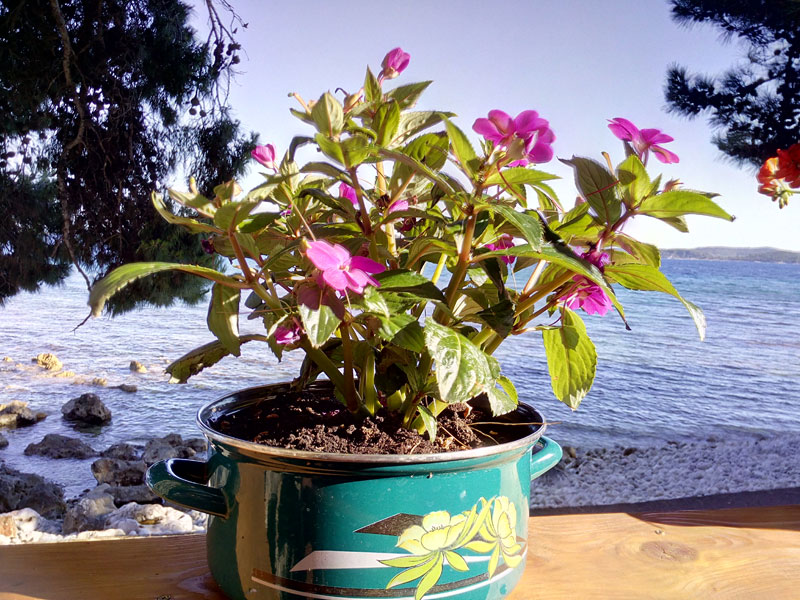
It may have something to do with Antonio's white wine as well.

It gets a bit trickier in low light. We are not sure about the aperture, but the M7’s camera does not react well to a lack of light, so we can only assume that the lens is not very fast. Night images end up with a fair amount of grain. Still, we managed to get some nice dusk photos.

Video quality is relatively good, although the 1080p fine mode doesn’t really make much of a difference – you’ll get a lot of detail with 720p and the extra resolution doesn’t improve quality very much (yet it consumes a lot more storage).
While a newer sensor with a faster aperture would have been a great choice, we need to keep in mind that we are still dealing with a (very) inexpensive device. Considering the price, it’s really hard to complain.

